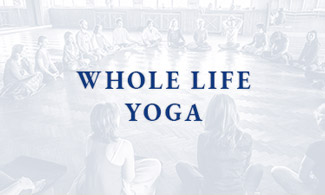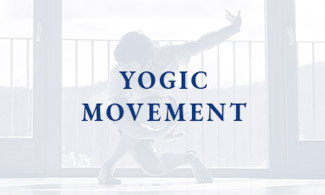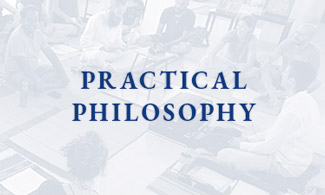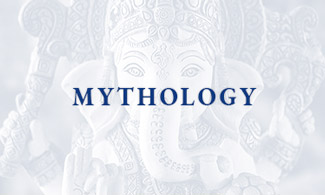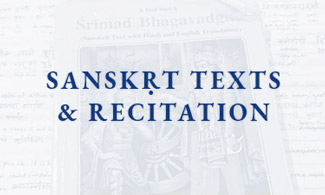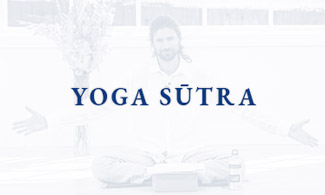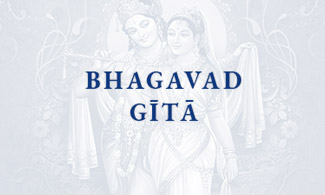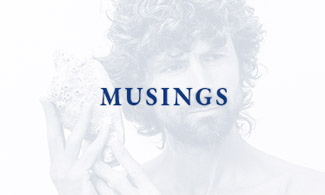
Ancient and Always New
A story stays alive when it stays relevant, when it continues to move people. The story of yoga, of the quest of the individual to recognise his or her innate self, is timeless, and it moves us today as much as it ever has.
Purāṇa in the ancient Indian language Sanskṛt is the name for the epic myths and legends that transmit the teachings of yoga in compelling story form. Literally though, purāṇa means ‘that which is ancient but is always new’. As such it is a fitting name for the teachings of the yoga tradition. They may have been around a while, but they remain ‘true’. They still work; and they can help us where we are: right here, right now.
While the material and cultural surroundings of our lives may be vastly different from how they were even twenty years ago, the underlying forces that really drive us as humans: the desire for love, companionship, growth, lasting peace and happiness – and the things which block us and keep us from them – are the same.
Yoga provides robust and inclusive techniques to help us remove the blocks and come home to the fullness that we really are. To come to this fullness is an individual thing. And this is one of the beauties of the yoga tradition: it is for all of us. Yoga includes and accepts. It has to: because it is about discovering unity not in some far off realm of distant harmony, but here and now, working with the instruments of human life.
The practical inclusivity of yoga is evident in the way that it offers so many techniques, so many points of orientation, so we can find helpful tools to work with wherever we are on our path. Yoga’s practical inclusivity is also evident in the great range of yoga literature, some colourful and fantastic, some more pithy and prosaic.
When we begin yoga practice, we may start to notice how different aspects of practice support and inform each other. The same goes for the yogic texts. Three forms of literature which offer us guidance on the path of yoga are the concise, distilled wisdom of the Yoga Sūtra-s; the majestic poetry of the Bhagavad Gītā: the song of our highest potential; and the epic, archetypal stories of the Purāṇa-s.
Together, these different styles of literature create a rich map and ‘guide book’ to the terrain that the individual seeking lasting harmony will have to traverse.
Sūtra texts are particular to the Indian tradition. Sūtra means both ‘stitch’ and ‘thread’. In the Yoga Sūtra-s, the governing idea – the thread that runs through the whole text – is ‘yoga’: becoming or recognising unity even amidst the surrounding change and diversity of life. Each sūtra is a ‘stitch’ in a tapestry of teachings, giving practical wisdom and principles that can help us weave harmony into our lives.
Strikingly, the teaching of the Bhagavad Gītā is given in a place of apparent disharmony, between two sets of armies on the battlefield. This setting is full of significance. Right away, it reminds us that there is no situation too extreme for yoga; and that times of challenge, when we feel torn, are actually opportunities for us to learn how to embody ways of being that support lasting peace even amidst the whirling wonder of creation. The bigger the challenge, the bigger the opportunity. And these two sets of armies are within us: those tendencies that would lift us up to our highest potential and those that would chain us to limitation. The battle plays out in the choices we make in each unfolding moment.
The Purāṇa-s meanwhile, paint vivid pictures of memorable characters whom we can easily relate to. Moreover, the epic Indian literature is wonderfully comprehensive. The Purāṇa-s tell the whole story, so we see the great hero, not just in times of valorous exploits, but also in the pits of despair. We see him struggling through the dark night of the soul, and we see him emerge from this, truly heroic, so we can understand the value of the times of apparent darkness and toil.
Together then, these classic texts and teachings can be wonderful allies as we make our way along our unique paths to ourselves. No one can walk our path, or do our work for us, but when we support our journey by working with the timeless teachings from the heart of the tradition, they can help us in many ways: giving us timely reminders, lighting our way, reassuring us through the dark times of greatest challenge, and inspiring us to keep on with the hero’s work of living our own, unique, authentic lives and unveiling fully who we really are.
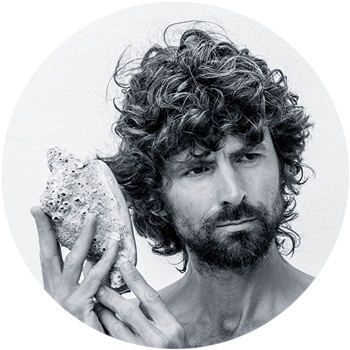
James Boag | Whole Life Yoga
The yoga of the whole human being. Practical philosophy, storytelling, movement, inquiry, looking in ways that reach beyond our habitual ways of looking.
Listen to James’ unique whole life yoga perspectives on the WHOLE LIFE YOGA podcast.

